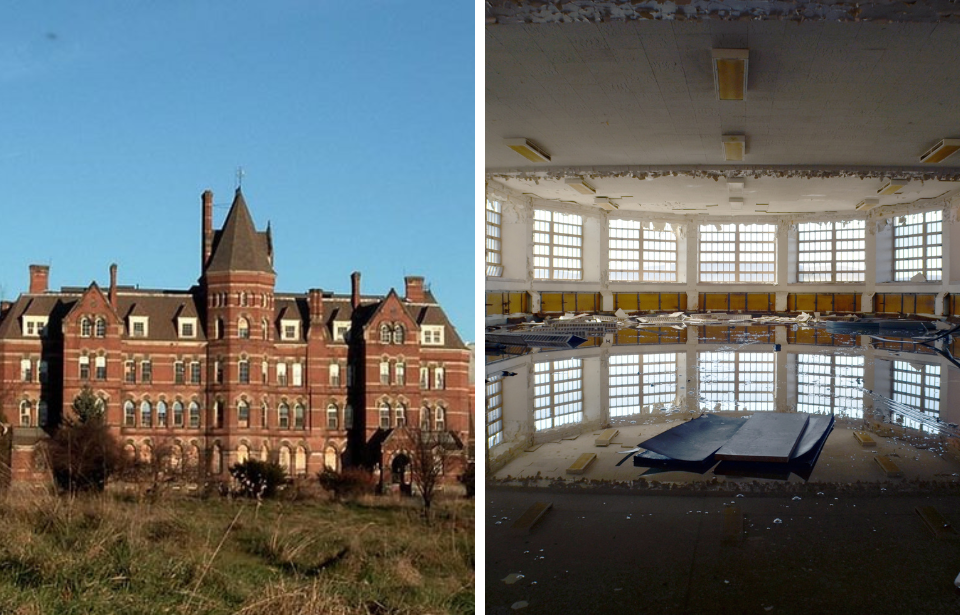The campus of the Hudson River State Hospital (HRSH) in Poughkeepsie, New York, has been earmarked for redevelopment since it was bought by the Hudson Heritage Company in 2005. By that time, most of the beautiful High Victorian Gothic buildings had fallen into disrepair and many were left vacant due to safety concerns. Preservationists were sated by plans to rehabilitate as much as possible of the original architecture in the controversial Hudson Heritage project.
Several fires took place at the Hudson River State Hospital
Throughout its history, the hospital has been plagued by a series of fires. An article in the Poughkeepsie Evening Star of February 17, 1937, reported on the second fire in two years, stating that the fire in HRSH’s south wing “Endangered 950 Patients” because there weren’t enough fire escapes. Another fire made headlines in the 1960s, which required the affected wing to be built following the disaster.
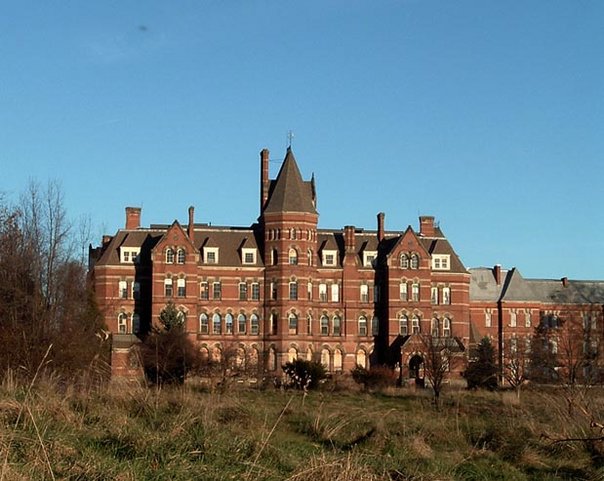
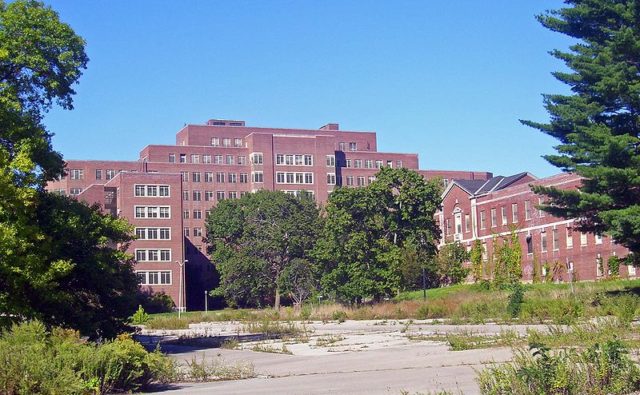
Since its closure, three more fires have occurred, adding complications to preservation efforts. The first was caused by a lightning strike in 2007, but the others have been attributed to arson. The most recent blaze at the site, which occurred on the morning of Friday, April 27, 2018, devastated what remained of this National Historic Landmark.
An arson attack in April 2017 prompted developers EFG/DRA Heritage, LLC, to offer a $5,000 reward for information leading to the arrest of those responsible. Despite severe fire damage, it was believed that the facade of the main administration block could still be kept in its original position. Now, it looks like the whole lot will have to be torn down.
The history of the HRSH
The Hudson River State Hospital for the Insane was designed in 1867 by Frederick Clarke Withers, following the Kirkbride Plan. This was a common layout for asylums built during the second half of the 19th century. It called for a central administration block with two adjoining wings to house patients.
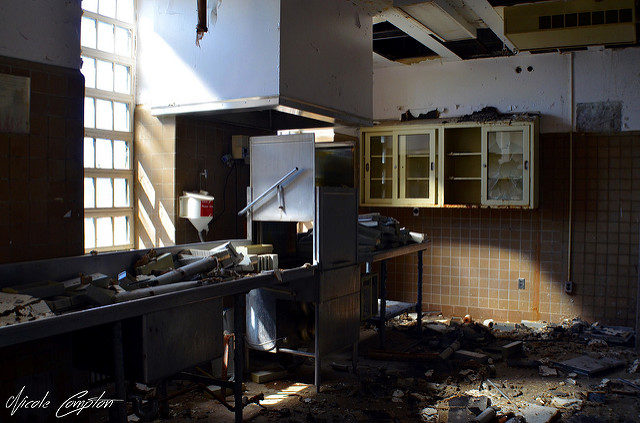
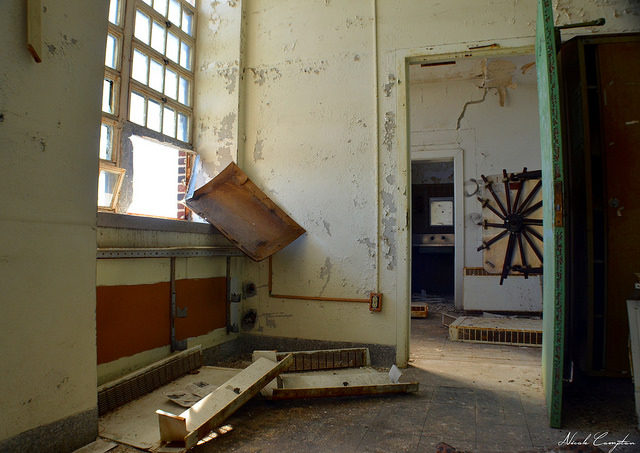
Usually, there would be various additional buildings, including accommodation for staff and land for the patients to farm, in order to make the hospital a self-contained community. The 296-acre plot overlooking the Hudson River boasted its own power plant, golf course, and recreation center. There was also a church, theater, morgue, and workshops.
According to Dr. Thomas Story Kirkbride’s groundbreaking philosophy of Moral Treatment, as described in his book, On the Construction, Organization and General Arrangements of Hospitals for the Insane (1854), patients should be “provided the maximum amount of fresh air, sunlight and privacy possible.” Patients would be segregated according to gender and class: a reflection of societal norms of the era. The first 40 patients were admitted into Hudson’s “healthy, healing environment” on October 18, 1871.
The initial construction wasn’t completed until more than two decades after the hospital had opened, partly due to budget shortages. Various ancillary buildings were added throughout its working lifetime and, at full capacity, the psychiatric hospital held around 6,000 inmates. All kinds of mental illnesses were treated within its walls, from children with learning disabilities to the criminally insane.
The decline of HRSH
Changes in attitudes towards the treatment of mental health, including the growth of psychotherapy and use of psychotropic drugs, saw a gradual shift from institutionalization to community-based care during the mid-1900s. Like many old asylums, Hudson slowly slipped into decline.
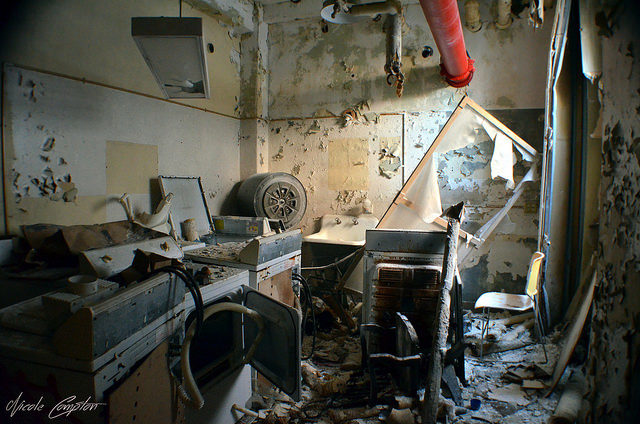
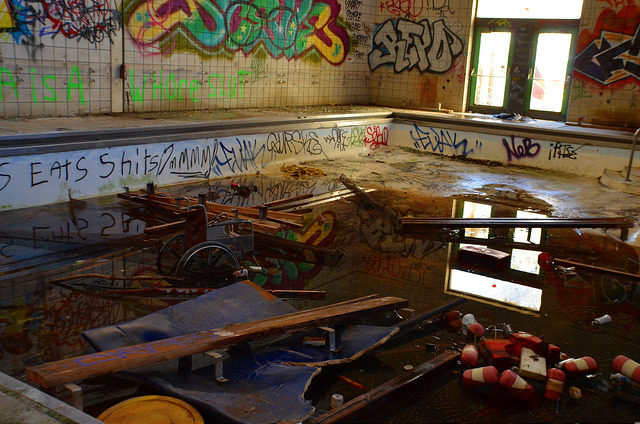
To keep up with the new status quo, a recreation block was added to the site in 1971. However, the main hospital wings were closed down by the end of the 1970s. It wasn’t just that patient numbers had dropped off – reports show that parts of the floor had collapsed. The old buildings were already suffering from neglect. Outpatient services were offered until 2003, when the doors were finally closed. The Hudson River State Hospital became the domain of urban explorers, ghost hunters, and the homeless.
Preservation efforts
Preservation groups have been battling ever since to find some way of renovating at least part of the Gothic buildings. 156 acres of the property were sold for $2.75 million in 2005. The original redevelopment plans were to renovate the administration building as a hotel complex, with residential and commercial units filling the rest of the site. However, these plans had to be suspended due to a moratorium on new construction in the area.
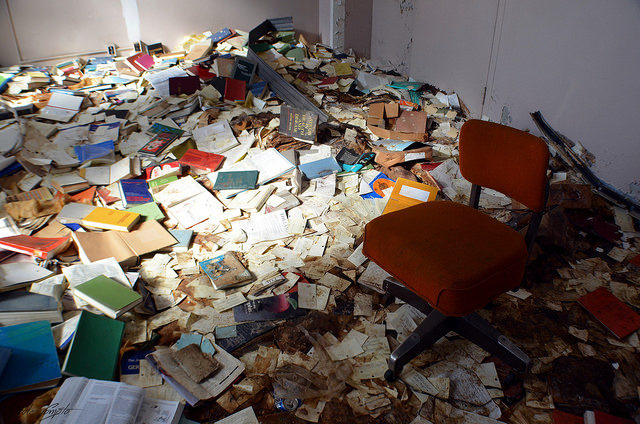
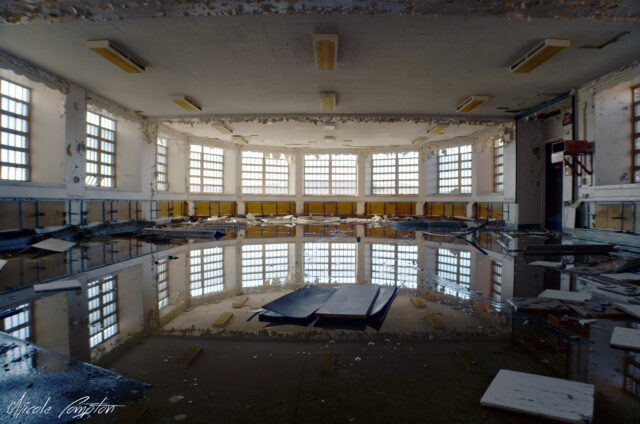
Two years later came another blow for the developers: this one from nature. Lightning hit the south wing, sparking a major fire that rendered the structure unsafe and left doubts that it could be salvaged.
By mid-2016, the Hudson Heritage project was under management by EnviroFinance Group and Diversified Realty Advisors. PR Newswire reported at the time that “the project will feature preservation and adaptive reuse of key structures.” The plans include 750 residential units; commercial, hotel and hospitality space; and a centerpiece 18-acre “Great Lawn.”
Immediately after the 2017 fire, however, according to the Poughkeepsie Journal, “Hudson Heritage developers have said they will need to demolish every building.” The facade of the administration block, which is protected as a Landmark Building, was planned to be renovated and kept as part of the redevelopment.
Read more: Brestovac Sanatorium: The Croatian Tuberculosis Hospital Built On a Love Story
Police have confirmed that the 2018 fire in the administration building appears to have been started deliberately. It is still unclear if any part of the hospital will now be saved.
